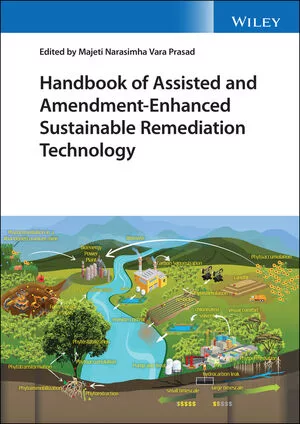How does EPA estimate deaths from PFAS?
The EPA estimates a total of 7,357 deaths could be avoided from reduced bladder and kidney cancer as well as reduced risk from cardiovascular disease.

US EPA Region 7 photo by Shannon Bond
The Environmental Protection Agency (EPA) under EPA Administrator Michael Regan released its most assertive statement to date on the potential health hazards of per- and polyfluoroalkyl substances, or PFAS, last month when it proposed new drinking water standards for the contaminant.
In a press release, EPA says the rule will, "over time, prevent thousands of deaths and reduce tens of thousands of serious PFAS-attributable illnesses."
According to the statement, long-term exposure to PFAS can cause numerous health complications, including adverse reproductive outcomes, developmental issues and weakened immune systems. As a result, the Biden-Harris EPA is pushing for historic rules and regulations to address these contaminants in drinking water.
An additional advantage of implementing these measures is the reduction of disinfection byproducts in water, which are residual chemicals that remain after water treatment. By employing the necessary filtration methods to combat PFAS, the EPA simultaneously aims to minimize the presence of these byproducts, further safeguarding public health, according to the agency.
The EPA estimates a total of 7,357 deaths could be avoided from reduced bladder and kidney cancer as well as reduced risk from cardiovascular disease.
3M Spokeman Sean Lynch told Star Tribune Reporter Chloe Johnson that EPA's water rules "lack a sound scientific basis," and that the agency hasn't shown they're needed to protect human health or the environment.
However, Philippe Grandjean, an environmental medicine professor at Southern Denmark University, told Star Tribune his work disputes this assertion. In a study he published in 2012 in the Journal of the American Medical Association, he and his co-authors found that the more PFAS in a child's blood, the fewer antibodies they would produce after a vaccine -- indicating immune system suppression.
The EPA has established their proposed standard for PFOA and PFOS in water systems, which aligns closely with the detection limits of these chemicals, utilizing the most advanced technology available. This guideline seeks to safeguard expectant mothers and their unborn children from exposure to PFAS via the placenta, as well as infants, who are at risk through the consumption of breast milk.
By implementing these stringent measures, the EPA aims to minimize the detrimental effects of these hazardous chemicals on the most vulnerable populations.
The strength of evidence supporting these effects is substantial, leading to a 2022 report from the National Academies of Science Engineering and Medicine advising physicians to conduct supplementary screening for thyroid disorders, cholesterol imbalances, kidney and testicular cancer, and the inflammatory bowel disease, ulcerative colitis, in patients with substantial PFAS exposure.
"They're saying, 'Hey, doctors, if you're treating patients who live in PFAS-contaminated areas, you need to do more for these patients,'" Jamie DeWitt, an immunotoxicologist at East Carolina University, told Star Tribune.






